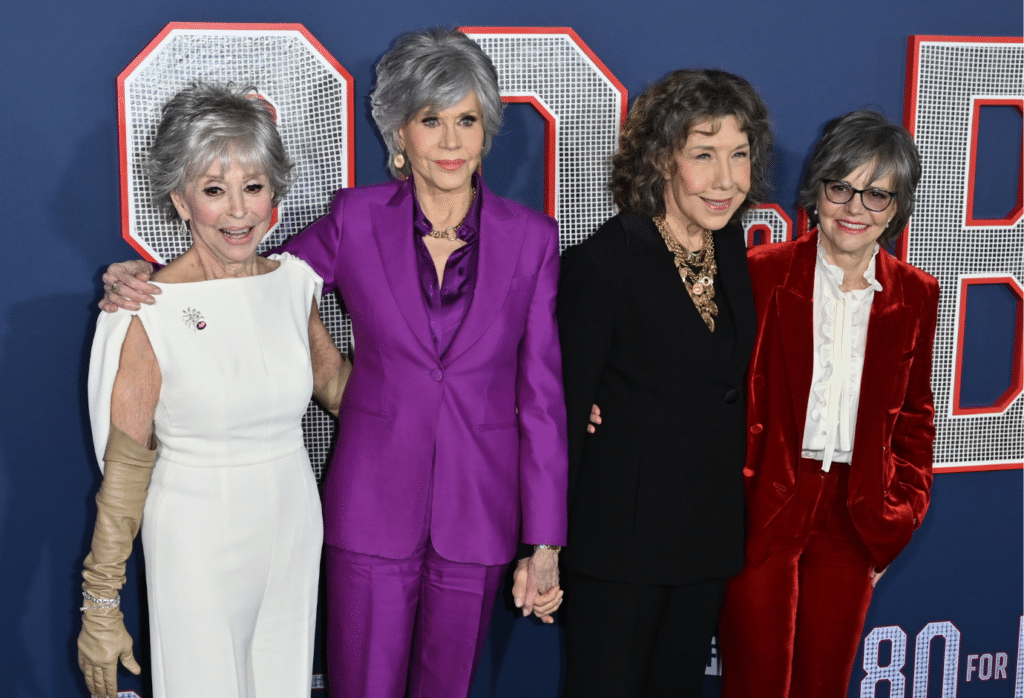Last year saw a reduction in the number of female characters in Hollywood’s top-grossing films compared to the previous year, a new report has found.
In 2023, fewer girls and women had leading roles in the top 100 films compared to the same sample in 2022, according to the Annenberg Inclusion Initiative‘s 2023 annual report.
Women and girls in leading roles made up just 30 per cent of all the movies — coming down from 44 per cent in the previous year. Annenberg Inclusion Initiative founder Stacy L. Smith said that despite the apparent success of films like Barbie, 2023 was not the ‘Year of the Woman.’
“We continue to report the same trends for girls and women on screen, year in and year out,” she said in a statement.
“It is clear that there is either a dismissal of women as an audience for more than one or two films per year, a refusal to find ways to create meaningful change or both.”
“If the industry wants to survive its current moment, it must examine its failure to employ half the population on screen.”
The study assessed thousands of speaking roles in the top 100 movies of 2023 to examine the representation of gender, race and ethnicity, LGBTQ+ identity and characters with disabilities.
Only 11 percent of the top-grossing films were gender-equal, meaning they featured girls and women in roughly half of speaking roles. Girls and women of colour led a total of 14 films. In 2022, that number was 18.
Less than one percent of characters were gender non-binary. Only one movie starred a woman of colour aged 45 or older in a leading role. Meanwhile, almost a quarter of white men age 45 or older were leads.
The report’s “invisibility analysis” calculated the number of films that lacked a diverse cast.
In 2023, only one of the top 100 films had a cast member who is American Indian/Alaska Native or Native Hawaiian/Pacific Islander.
Eighty-one films did not include a Middle Eastern/North African female character, 62 films did not include a Hispanic/Latina female-identifying character and 56 films did not include a multiracial girl or woman.
Only half of the movies featured an Asian female character, while only 61 depicted Black female characters. Meanwhile, only 12 movies did not include any white girls or women on screen.
According to Smith the “epidemic of invisibility” has been going on unchecked for too long: “The result is that girls and women from underrepresented racial/ethnic groups continue to see their stories and their reflections erased in the most popular content each year,” she said.
Portrayals of disability on screen were even more dismal, with only 2.2 percent of all speaking or named characters depicted with a disability across the top 100 films last year. Forty-two films did not include characters with disabilities, while 75 films were missing female characters with disabilities.
Transgender characters were entirely absence among the top-grossing films of the year, while fewer queer characters were depicted overall compared to the previous year.
Behind the scenes, representation of women in the crew was also not promising, with just 12 percent of women directors among the top 2023 films, while male directors comprised 87. 9 per cent. Compared to 2007 however, where the number of female directors was 3 per cent, it’s a vast improvement.
Between 2007-2023 (the study analysed a total of 1,700 movies in this period), a total of 98 individual women were directors (25 women of colour) compared to 878 individual men over the same period.
Just over a fifth of directors were from underrepresented racial and ethnic groups, while almost 80 per cent were white. Male creatives also over-represent the cohort of writers, with 84.8 per cent being men and 15.2 per cent women.


